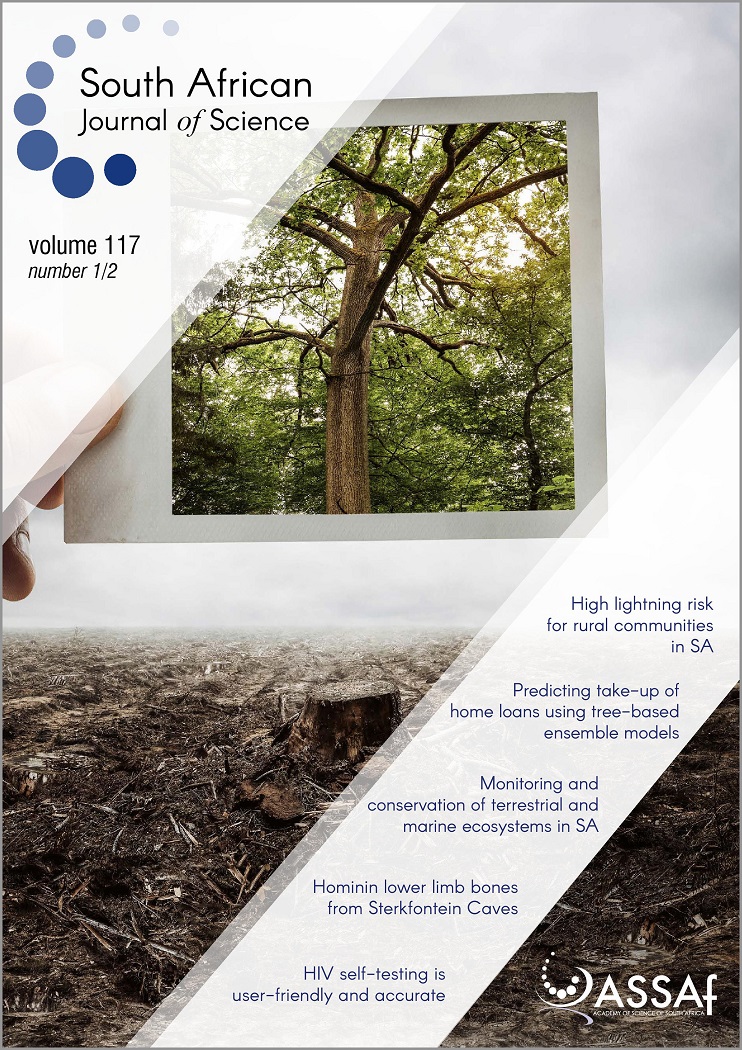Predicting take-up of home loan offers using tree-based ensemble models: A South African case study
DOI:
https://doi.org/10.17159/sajs.2021/7607Keywords:
pricing, retail, credit risk, boosting, bagging, price elasticityAbstract
We investigated different take-up rates of home loans in cases in which banks offered different interest rates. If a bank can increase its take-up rates, it could possibly improve its market share. In this article, we explore empirical home loan price elasticity, the effect of loan-to-value on the responsiveness of home loan customers and whether it is possible to predict home loan take-up rates. We employed different regression models to predict take-up rates, and tree-based ensemble models (bagging and boosting) were found to outperform logistic regression models on a South African home loan data set. The outcome of the study is that the higher the interest rate offered, the lower the take-up rate (as was expected). In addition, the higher the loan-to-value offered, the higher the take-up rate (but to a much lesser extent than the interest rate). Models were constructed to estimate take-up rates, with various modelling techniques achieving validation Gini values of up to 46.7%. Banks could use these models to positively influence their market share and profitability.
Significance:
- We attempt to answer the question: What is the optimal offer that a bank could make to a home loan client to ensure that the bank meets the maximum profitability threshold while still taking risk into account? To answer this question, one of the first factors that needs to be understood is take-up rate. We present a case study – with real data from a South African bank – to illustrate that it is indeed possible to predict take-up rates using various modelling techniques.
Downloads
Published
Issue
Section
License

All articles are published under a Creative Commons Attribution 4.0 International Licence
Copyright is retained by the authors. Readers are welcome to reproduce, share and adapt the content without permission provided the source is attributed.
Disclaimer: The publisher and editors accept no responsibility for statements made by the authors
How to Cite
- Abstract 836
- PDF 799
- EPUB 194
- XML 239
- Supplementary Material 187












.png)